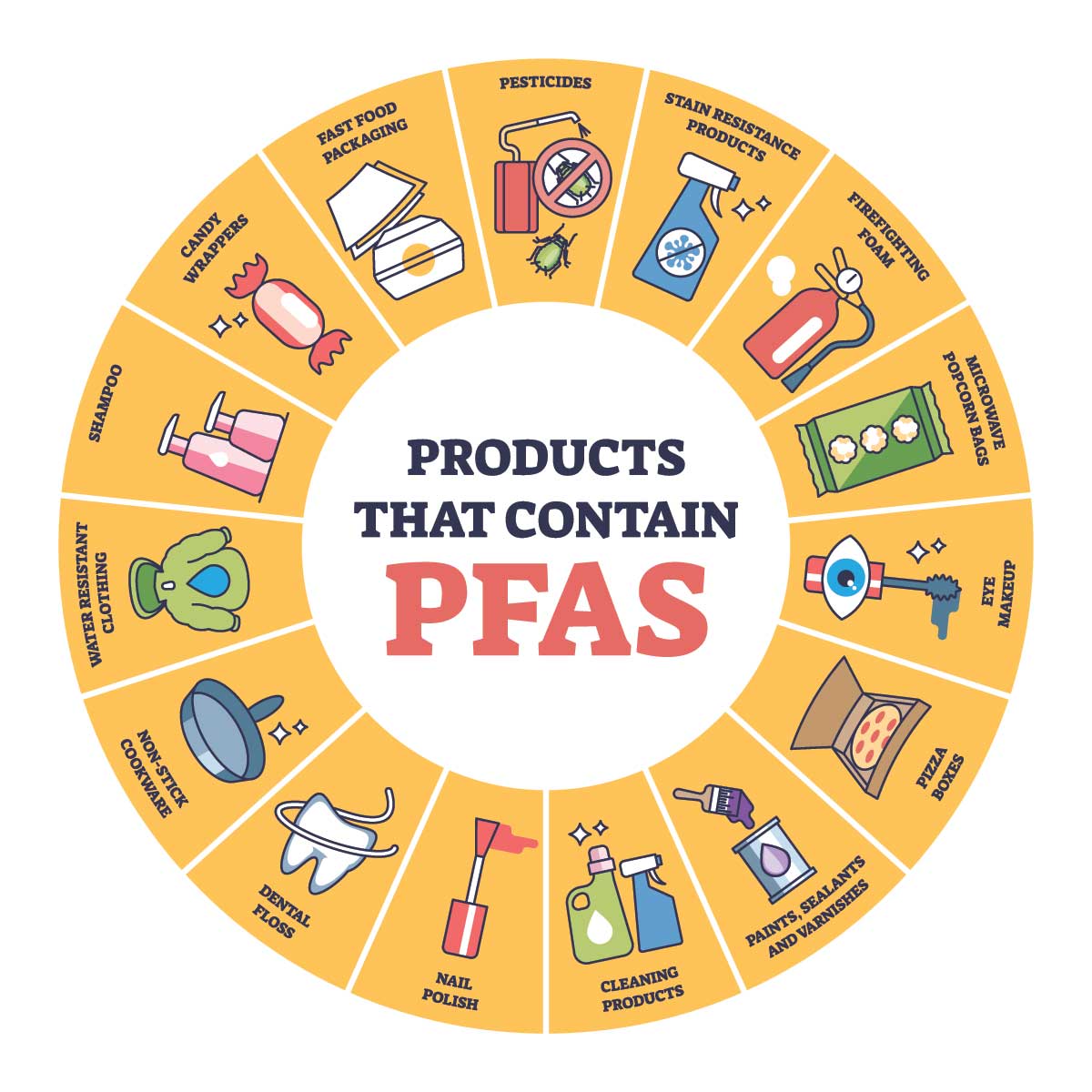Microbes May Hold the Key to Cleansing Toxic "Forever Chemicals"
The Exciting Breakthrough by Cambridge Researchers
Groundbreaking research from the University of Cambridge has unveiled that certain gut bacteria could significantly reduce per- and polyfluoroalkyl substances (PFAS) in the body. Often coined as "forever chemicals," PFAS are notoriously difficult to eliminate and accumulate over time, leading to potential health risks.

Understanding PFAS: The Persistent Pollutant
PFAS are synthetic chemicals with unique properties that repel water and oil, making them invaluable in various industrial and consumer products. However, their resilience also results in environmental and biological accumulation. Human exposure has been linked to serious health conditions, prompting scientists worldwide to seek effective removal methods.
Revolutionary Role of Gut Bacteria
The study suggests that specific types of gut bacteria have the potential to break down PFAS, making them less harmful. This discovery gives new hope for combating these substances without resorting to invasive procedures like bloodletting.
"The interplay between our microbiome and toxins like PFAS is a field ripe with potential," notes Dr. Emma Harper, a leading microbiologist involved in the study.
Innovative Alternatives to Combat PFAS
- New treatment plans using gut microbiome adjustments.
- Reduction in actionable toxin levels in the bloodstream.
- Possibility of integrating safe bacteria into health supplements.
There is also an ever-growing interest in supplements that may influence gut health, such as those available on Amazon.
Path Forward and Public Health Implications
This research sits at the intersection of medical innovation and environmental science, offering potential solutions not just to individual health but broader ecological restoration. Moreover, wide application of this understanding can facilitate a healthier population, especially in areas currently affected by high PFAS contamination.
For further reading on the ongoing battle against PFAS contamination, one might visit World Health Organization or watch this insightful YouTube documentary.
Stay informed, follow breakthroughs in scientific research and view the potential microbial solutions with hope, as the fight against PFAS is a shared commitment to ensuring a healthier, cleaner future.
